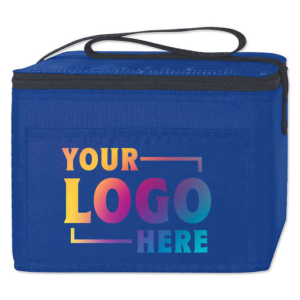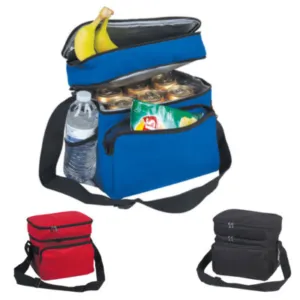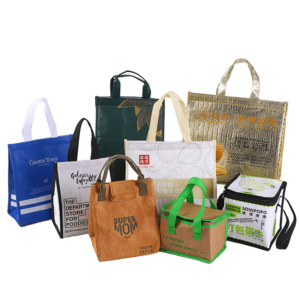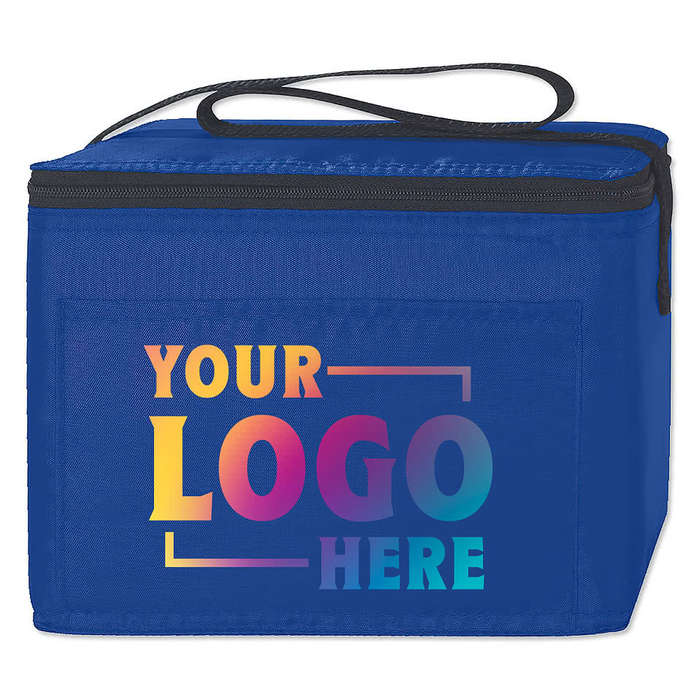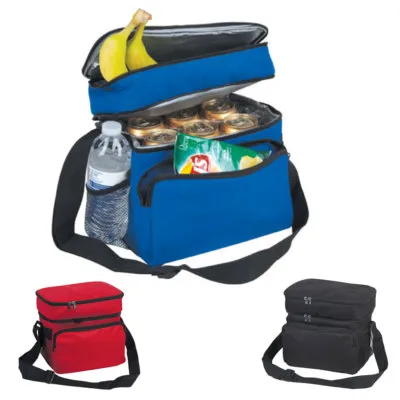When it comes to sourcing materials for products in the international trade market, choosing the right fabric is crucial for balancing quality and cost. Non-woven fabric and cotton fabric are two popular options, each with its own advantages and drawbacks. This article will explore the cost comparison between these two fabrics to help you make informed decisions for your business.

Understanding Non-Woven Fabric
Non-woven fabric is made from synthetic fibers that are bonded together through mechanical, thermal, or chemical processes. It is commonly used in products like shopping bags, medical supplies, and disposable items. Here are some key cost-related aspects of non-woven fabric:
Cost of Production
- Raw Materials: Non-woven fabrics are often made from polypropylene or polyester, which can be less expensive than cotton. The cost of synthetic fibers tends to fluctuate based on oil prices, but generally, non-woven fabrics have lower raw material costs.
- Manufacturing Process: The production process for non-woven fabrics is typically faster and more efficient than that of cotton fabrics. This efficiency can lead to lower labor costs, as large quantities can be produced quickly.
- Durability and Lifespan: Non-woven bags are designed for single-use or limited use, which can be a drawback in terms of longevity. However, their lower initial cost can make them appealing for short-term promotional items.
Understanding Cotton Fabric
Cotton fabric is a natural fiber known for its softness, breathability, and durability. It is widely used in a variety of products, including clothing, bags, and home textiles. Here’s a look at the cost factors associated with cotton fabric:
Cost of Production
- Raw Materials: Cotton is a natural resource, and its price can be affected by agricultural factors such as climate conditions and crop yields. Generally, cotton tends to be more expensive than synthetic fibers, making it a higher-cost option.
- Manufacturing Process: The production of cotton fabric involves more complex processes, including spinning and weaving, which can lead to higher labor and manufacturing costs. Additionally, cotton requires more water and energy for processing, adding to its overall environmental impact and cost.
- Durability and Lifespan: Cotton is known for its durability and reusability, making it a more sustainable option for long-term use. While the upfront cost may be higher, the longer lifespan of cotton products can offset these costs over time.
Cost Comparison Summary
1. Initial Investment
- Non-Woven Fabric: Generally lower initial costs due to cheaper raw materials and efficient manufacturing processes. Ideal for short-term use or promotional products.
- Cotton Fabric: Higher initial investment, driven by more expensive raw materials and complex manufacturing processes. Suitable for long-lasting, high-quality products.
2. Long-Term Value
- Non-Woven Fabric: Lower long-term value due to limited reuse and durability. Best for disposable items where cost savings are a priority.
- Cotton Fabric: Higher long-term value due to durability and reusability. Ideal for products that customers will use repeatedly, enhancing brand loyalty.
3. Environmental Impact
- Non-Woven Fabric: Less eco-friendly, often made from non-biodegradable materials. Consider the environmental implications if your brand values sustainability.
- Cotton Fabric: More sustainable if sourced responsibly, but its production can still be resource-intensive. Look for organic or recycled cotton options to mitigate environmental impact.
Conclusion
Choosing between non-woven fabric and cotton fabric depends on your specific needs, budget, and brand values. While non-woven fabrics may offer lower initial costs, cotton fabrics provide durability and a higher perceived value for long-term use. Evaluate your target market and product requirements to determine which fabric aligns best with your business strategy in the international trade landscape. By considering these factors, you can make a decision that not only meets your financial goals but also resonates with your customers’ preferences.


